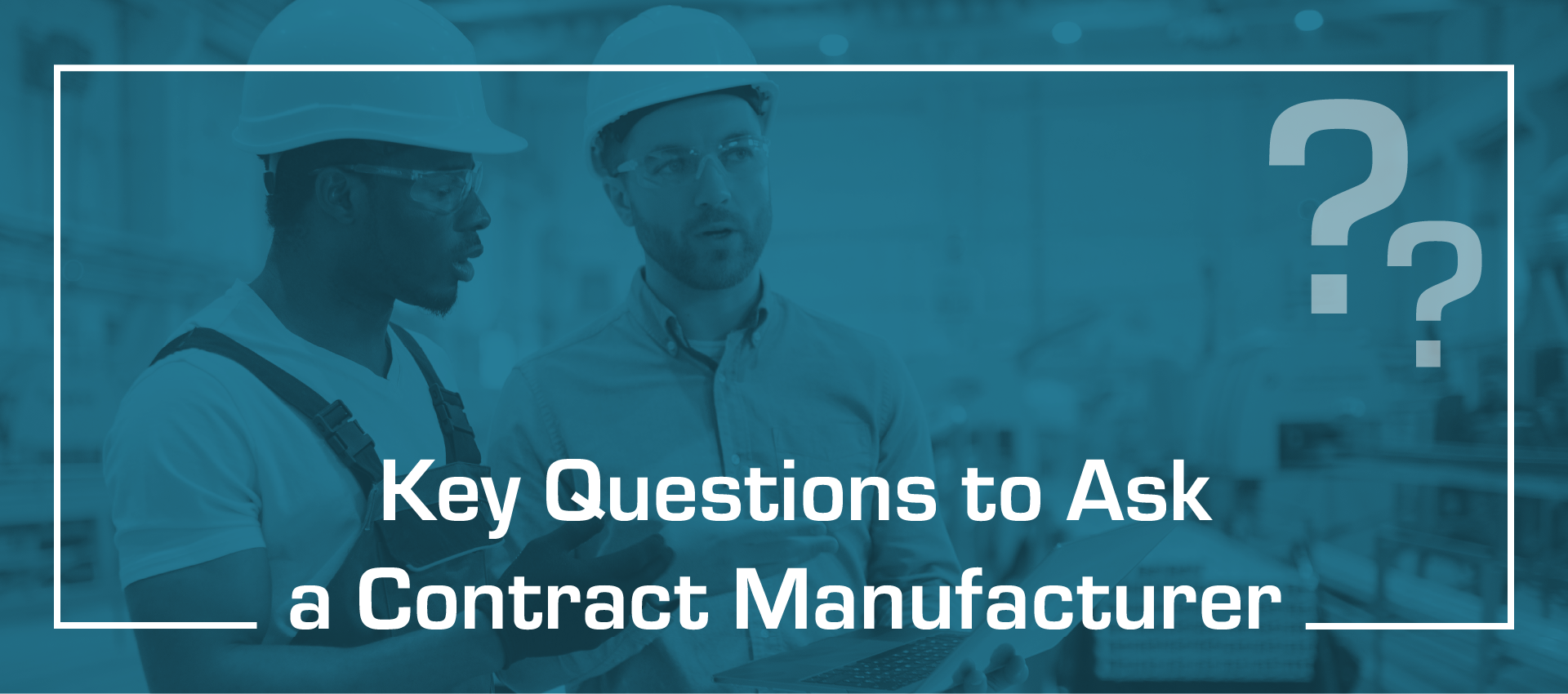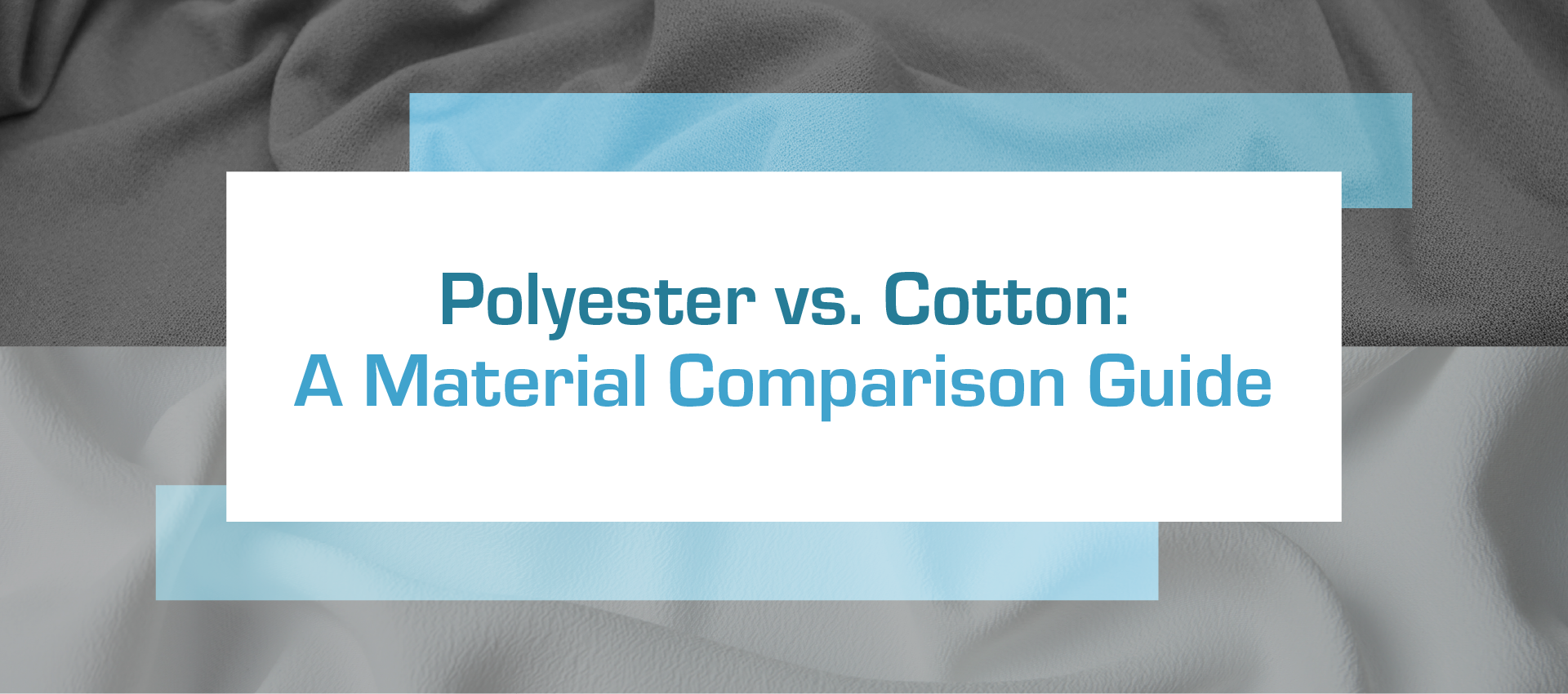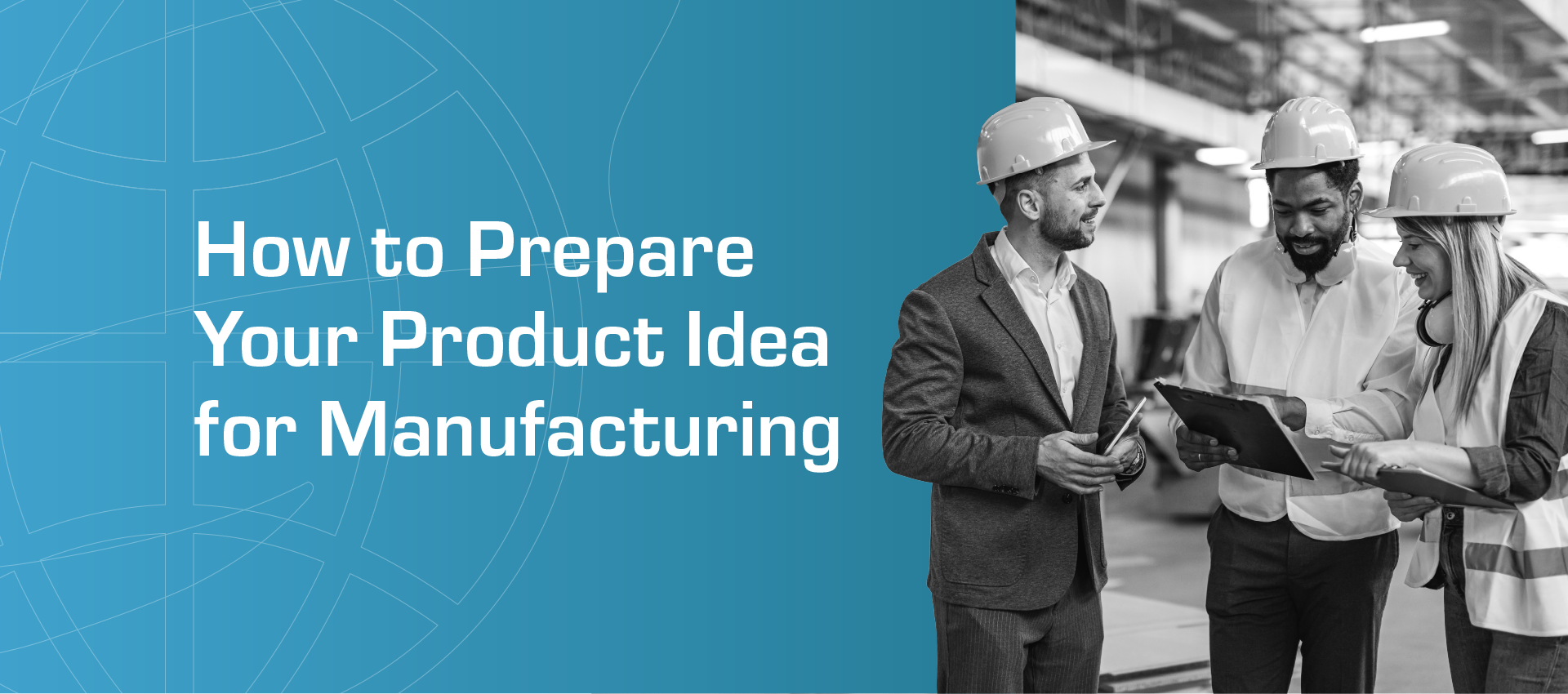Parts and Types of an Industrial Sewing Machine
Industrial sewing machines are built for high performance. They run for extended periods, handle tougher materials, and produce consistent results across large production runs. Their design reflects the demands of manufacturing environments where precision and durability matter.
Knowing the types of industrial sewing machines and how each part functions helps teams choose the right equipment for the job. It also highlights why these machines are a core part of contract manufacturing workflows.
Key Differences Between Industrial and Domestic Sewing Machines
Industrial sewing machines are engineered for production environments. They use stronger motors, more durable parts, and are often mounted to dedicated worktables for stability. These machines are built to run continuously and are optimized for specific tasks like straight stitching, zigzag, or heavy binding.
Domestic machines, on the other hand, are designed for occasional use. They come with multiple stitch options and lighter components, which makes them more versatile for home projects but less reliable for large-scale work.
In manufacturing, the choice is clear. Industrial machines deliver the speed, consistency, and strength required to meet commercial standards.
Core Parts of an Industrial Sewing Machine
Every industrial sewing machine relies on a set of core components that work together to produce strong, consistent stitches. These parts are designed for durability and performance under constant use.
- Motor: Powers the machine and determines speed and torque. Industrial models often use clutch or servo motors.
- Needle and Needle Bar: The needle moves vertically to form each stitch. The needle bar holds it in place and controls movement.
- Presser Foot: Holds fabric steady during stitching. Different styles are used depending on the material type and application.
- Feed Mechanism: Moves fabric through the machine. Most industrial machines use a drop feed, walking foot, or compound feed for better control.
- Bobbin and Bobbin Case: Supplies the lower thread. Consistent tension is key to producing clean, reliable stitches.
- Tension Assembly: Controls thread tension to prevent loops, breaks, or uneven stitching.
- Throat Plate: Sits under the needle and has openings for the feed dogs and needle to pass through.
- Handwheel and Controls: Used to manually operate the needle and make machine adjustments.
Knowing the parts of a stitching machine helps operators troubleshoot issues, maintain performance, and select machines that meet specific production needs.
Common Types of Industrial Sewing Machines
Different industrial sewing machines serve different purposes. Each model is designed to handle specific stitch styles, fabric types, or construction requirements.
- Lockstitch Machine: Creates a clean, straight stitch using both upper and lower threads. Often used for seams that need strength and stability.
- Chainstitch Machine: Forms a flexible looped stitch without a bobbin. Common in applications where stretch and speed are important.
- Overlock (Serger) Machine: Trims edges and encloses them in thread at the same time. Ideal for clean finishes and high-speed production.
- Flatbed Machine: Offers a flat sewing surface, making it a good choice for large, flat materials like panels, liners, and covers.
- Cylinder Bed Machine: Features a rounded base that makes it easier to sew tubular or narrow items such as bags and sleeves.
- Post Bed Machine: Has a vertical sewing surface that gives better access to tight or raised areas. Often used for items with thick seams or added hardware.
Understanding the types of industrial sewing machines helps teams select the right setup based on material handling, stitch requirements, and overall production goals.
Choosing the Right Machine for Your Application
Each sewing project has its own set of requirements. Material type, seam location, stitching method, and production speed all influence which machine is the right choice.
Flat panels may call for a flatbed machine, while curved or enclosed shapes often need a cylinder or post bed for better reach. Chainstitch machines can handle long, continuous seams quickly, while overlock models help finish edges in a single pass.
Selecting the right type of industrial sewing machine improves consistency, reduces waste, and helps meet both design and production goals.
Why Machine Selection Matters in Contract Manufacturing
In contract manufacturing, every part of the process affects the final result. The sewing machine used can impact stitch strength, production time, and overall product quality.
Using the right equipment for each job helps maintain consistency, meet tight tolerances, and keep production running smoothly. It also allows for better handling of unique materials or specialized designs without unnecessary adjustments or delays.
Machine selection plays a direct role in how efficiently a product is made and how well it performs once it’s in use.
How Carolina CoverTech Leverages Industrial Sewing for Custom Solutions
At Carolina CoverTech, industrial sewing is used to solve complex production challenges. The team works directly with customers to define performance needs, then selects the right combination of materials, seam types, and equipment to meet those goals.
Flatbed, cylinder bed, and post bed machines are available in-house, allowing for flexibility across a wide range of product types. Sewing is often paired with RF welding, cutting, and rigid-to-flexible conversions to create durable, made-to-spec solutions.
Every build is handled with attention to detail, consistency, and long-term function.
Learn how our sewing capabilities can support your next manufacturing project.




